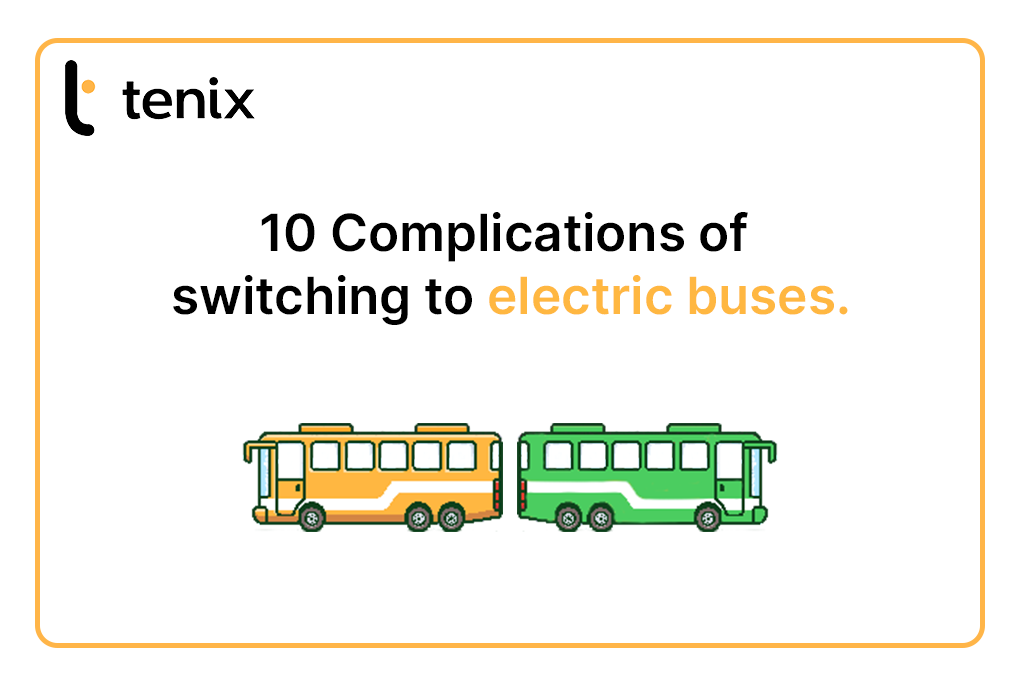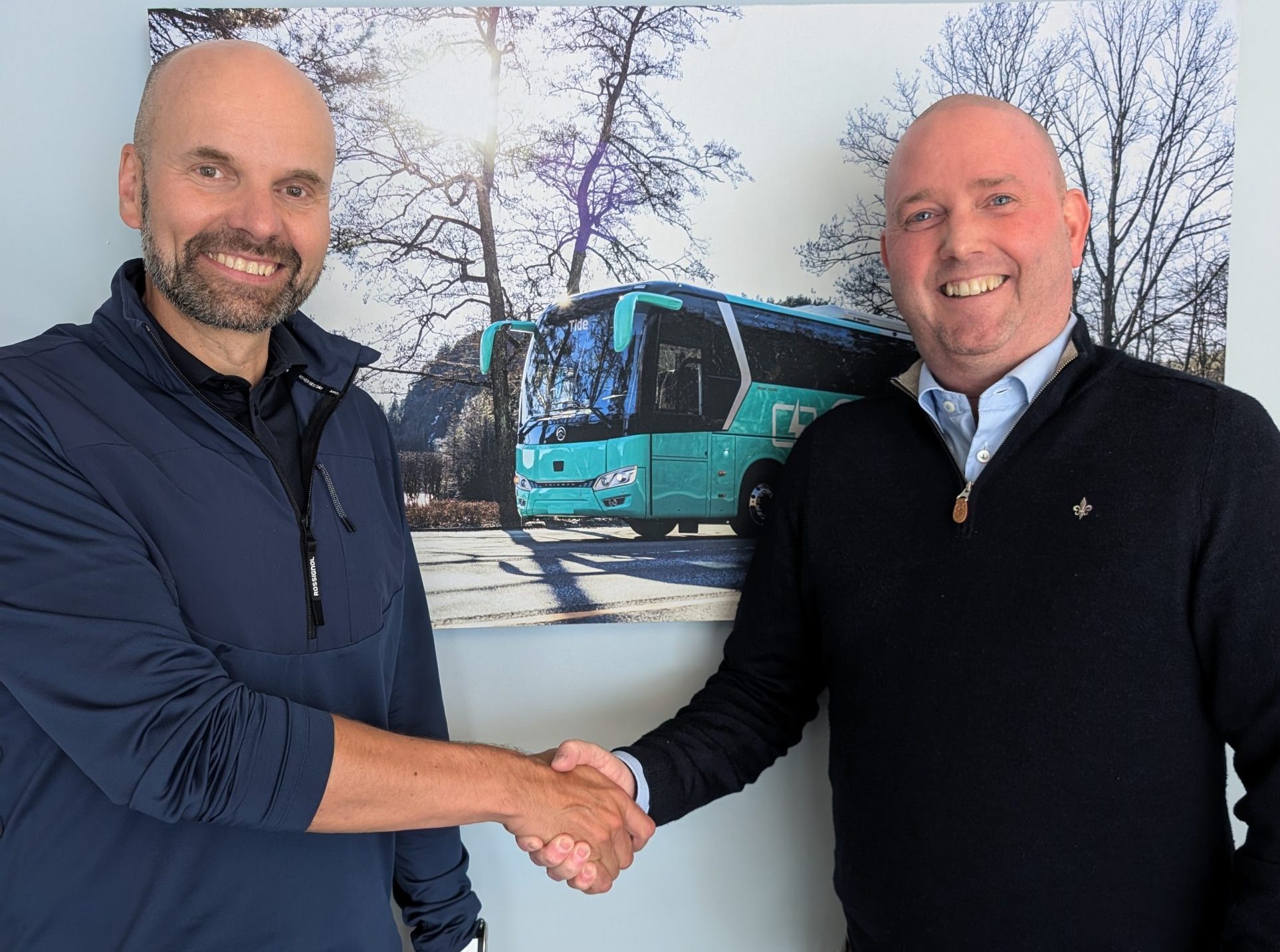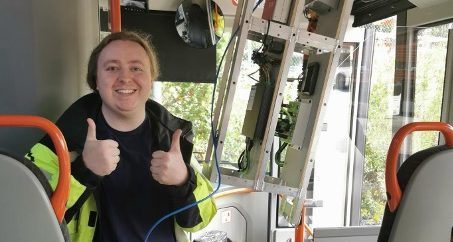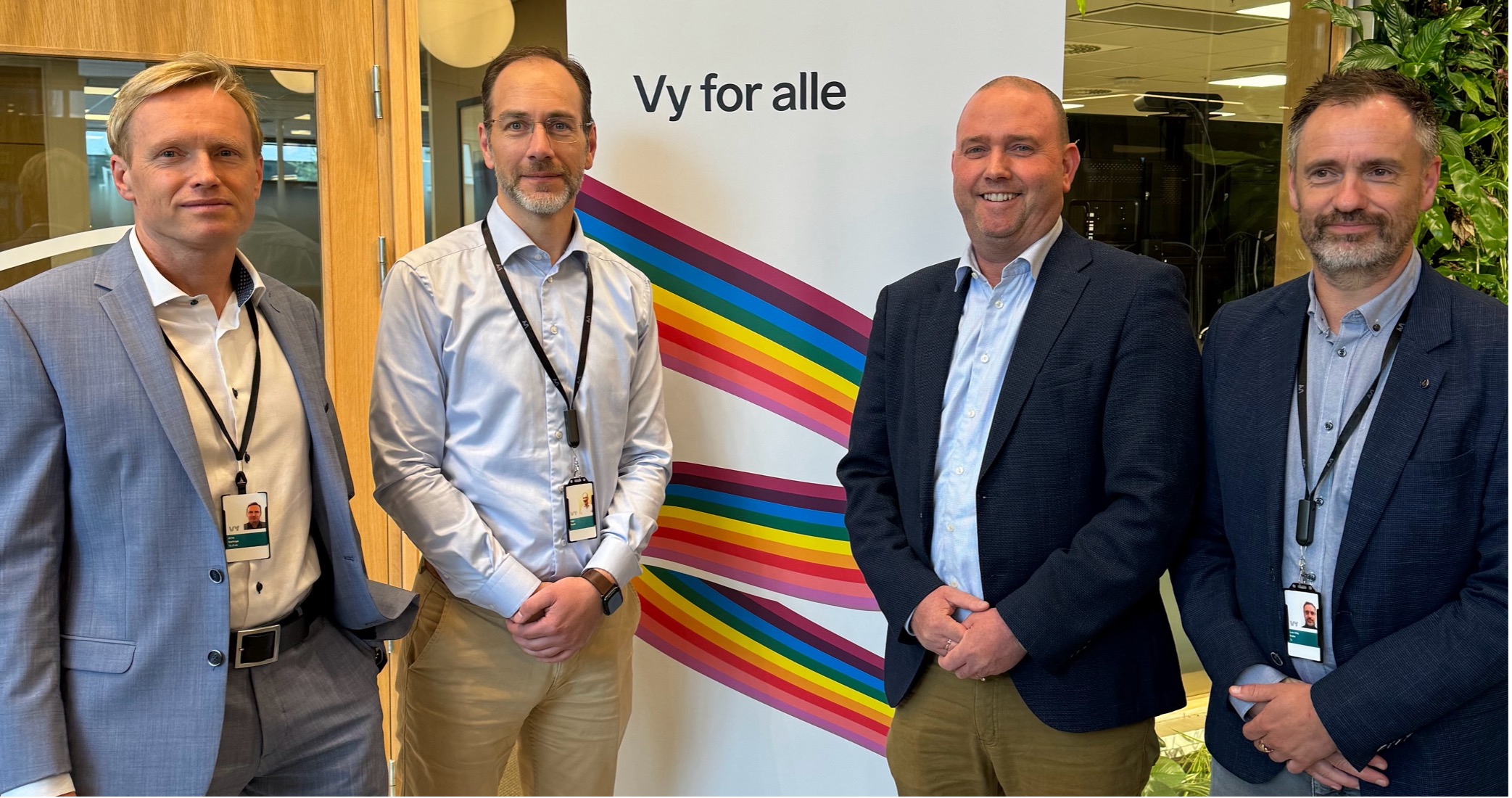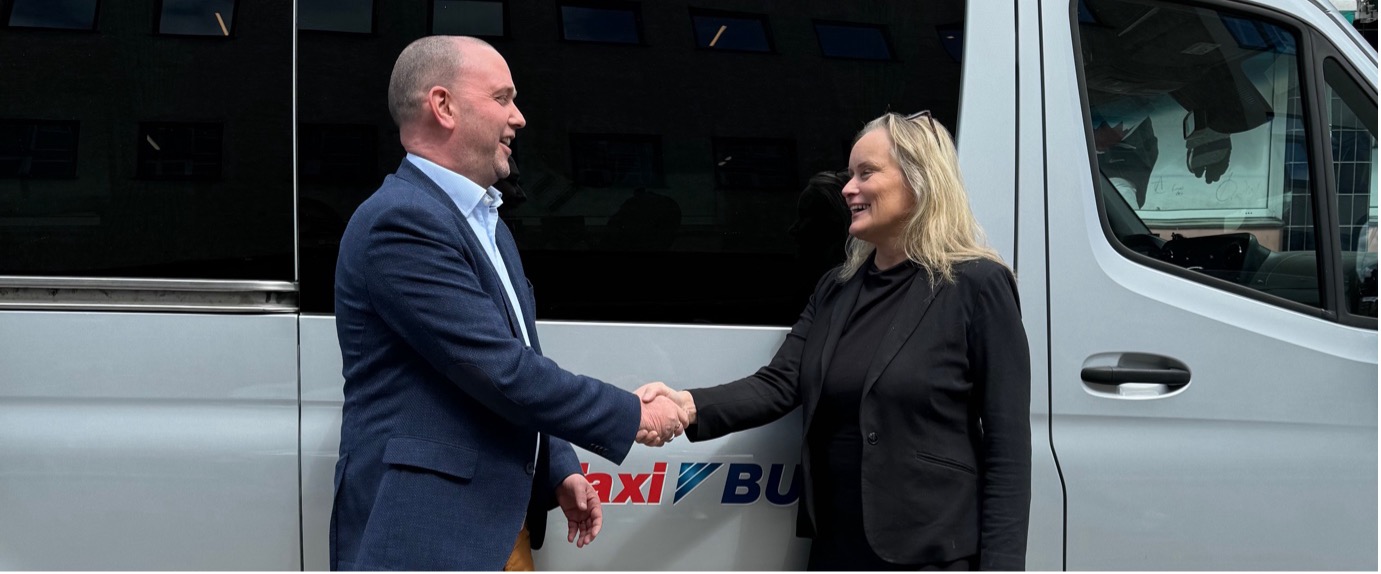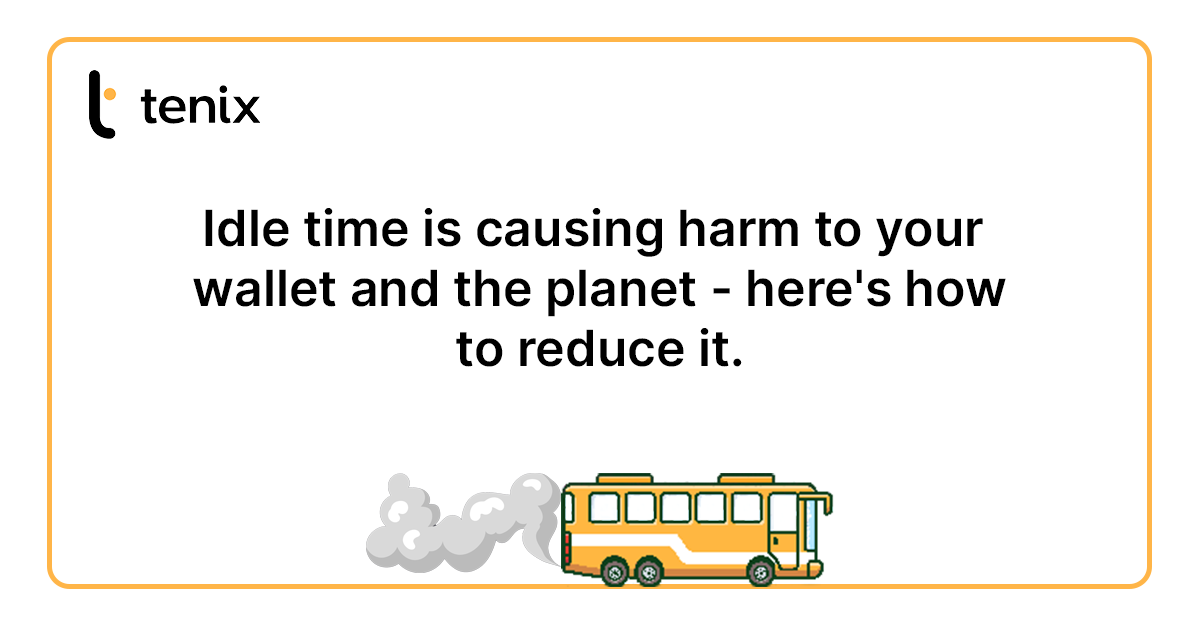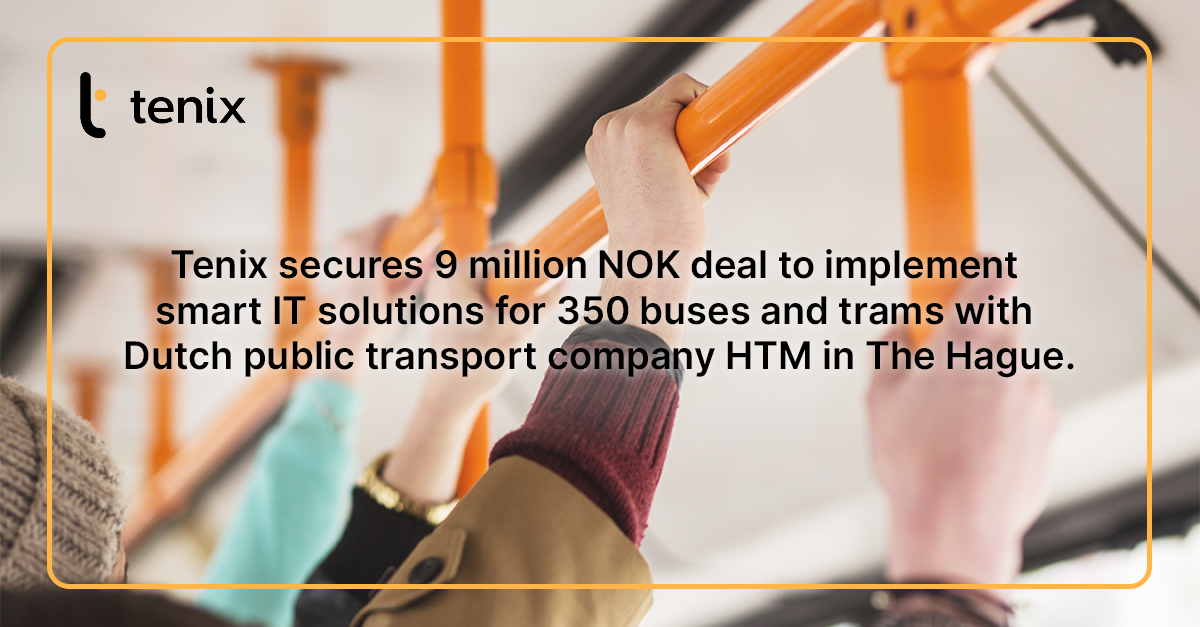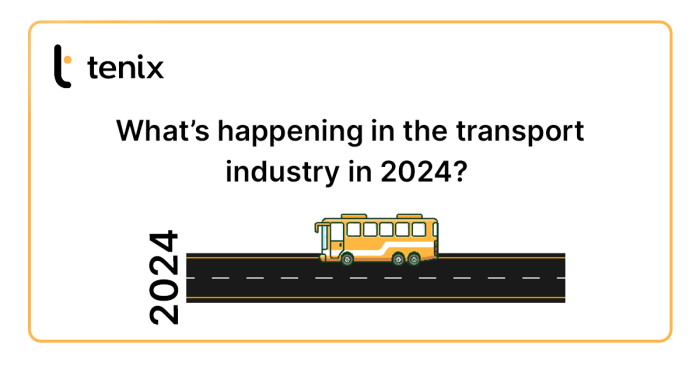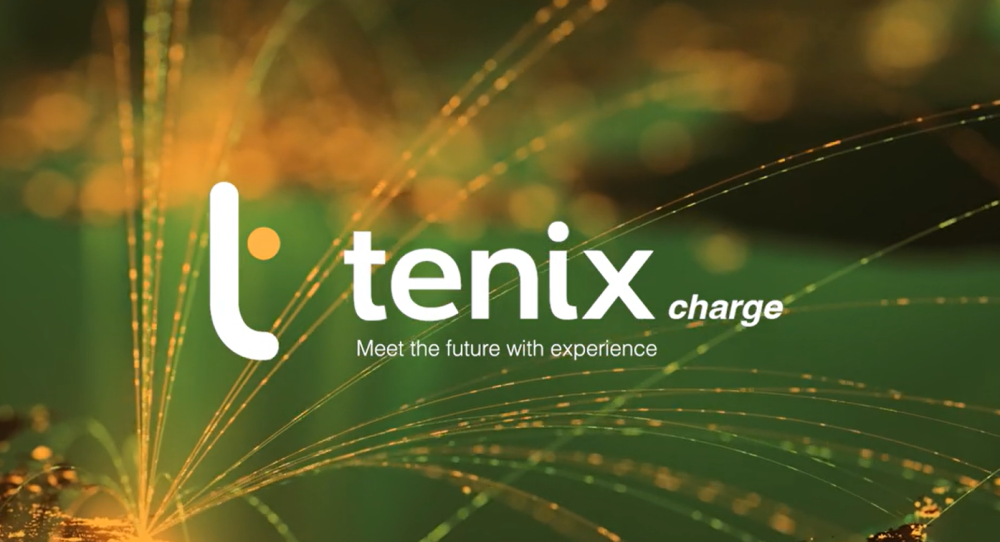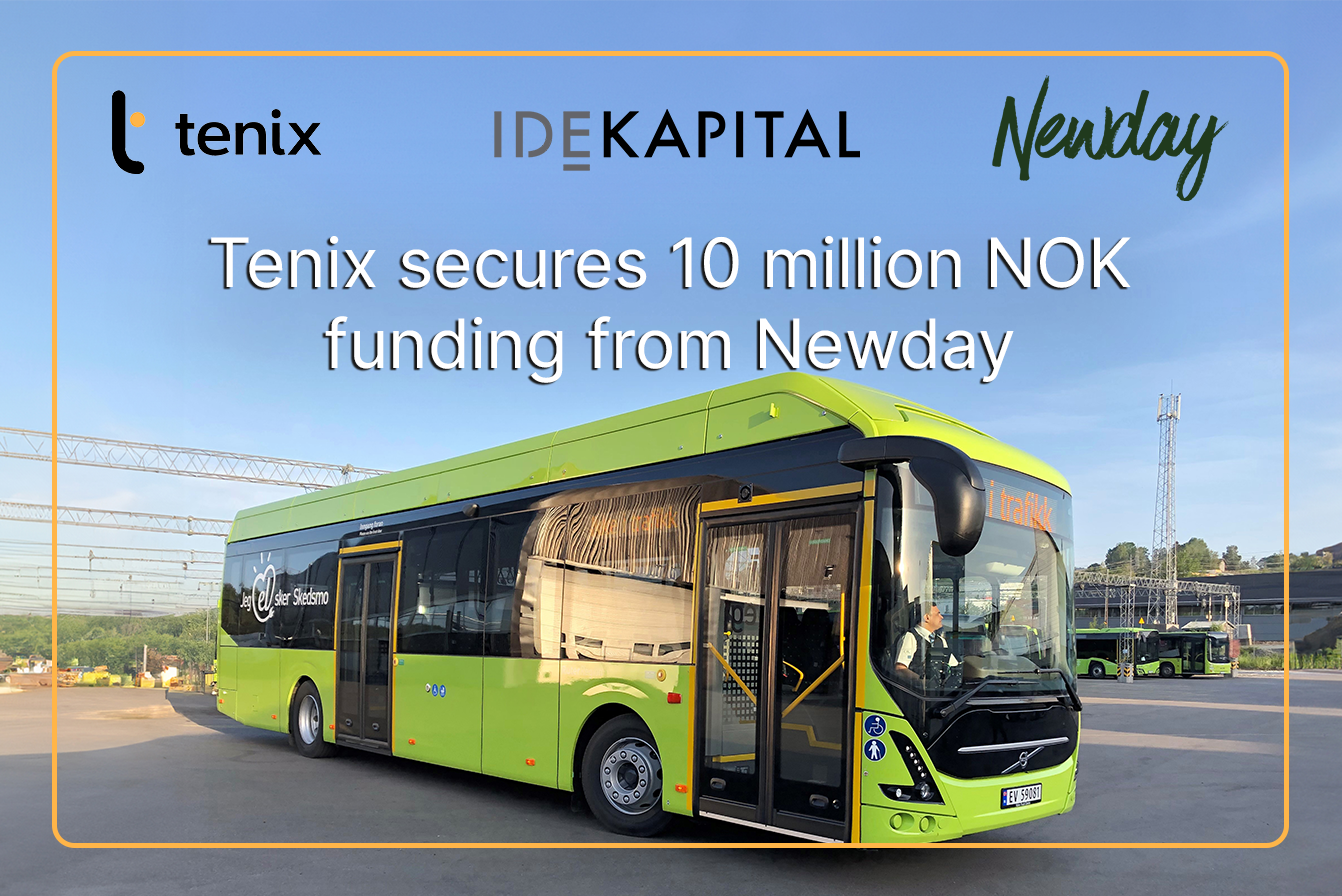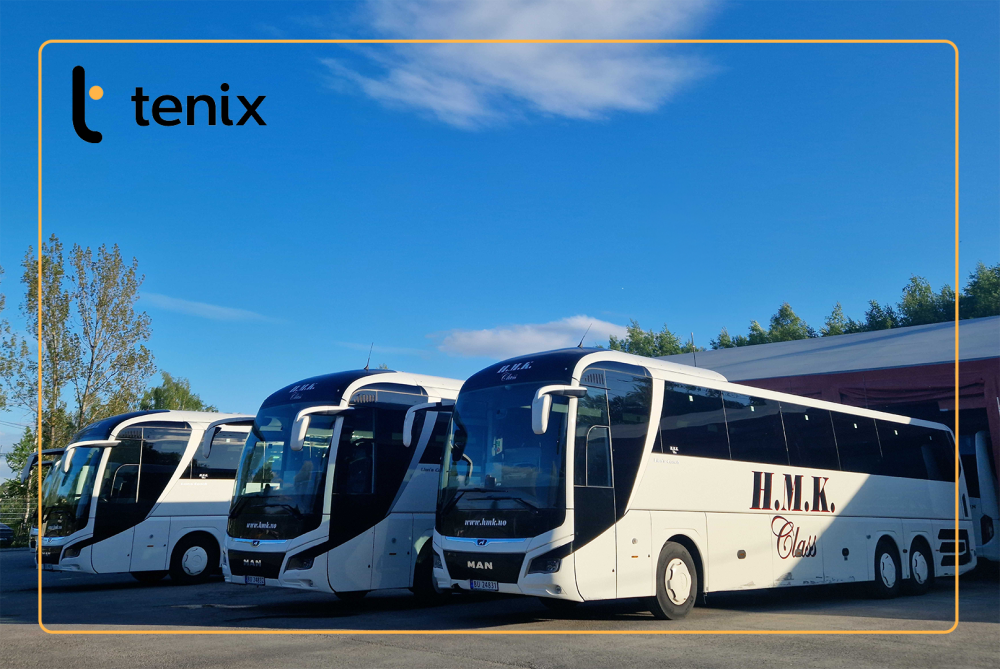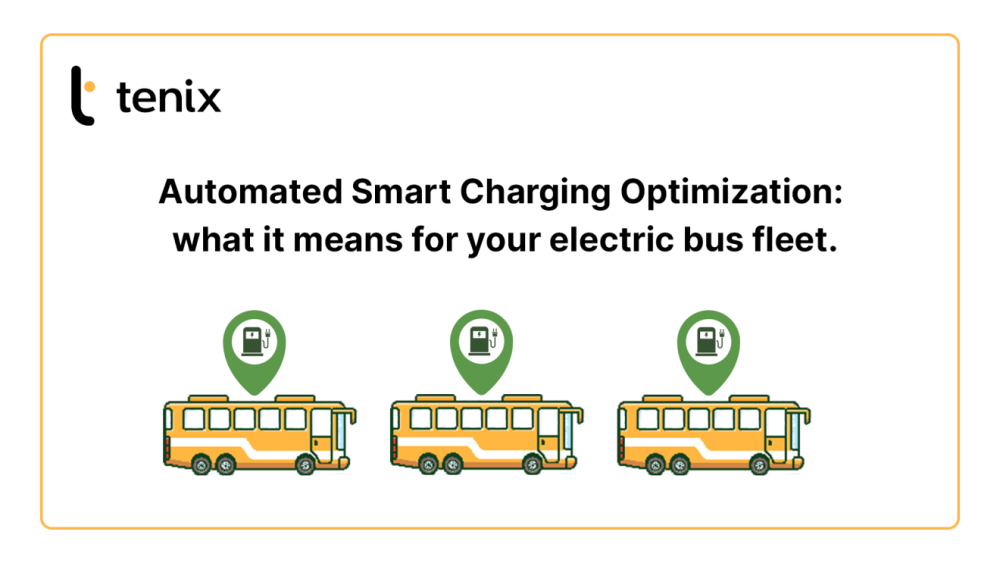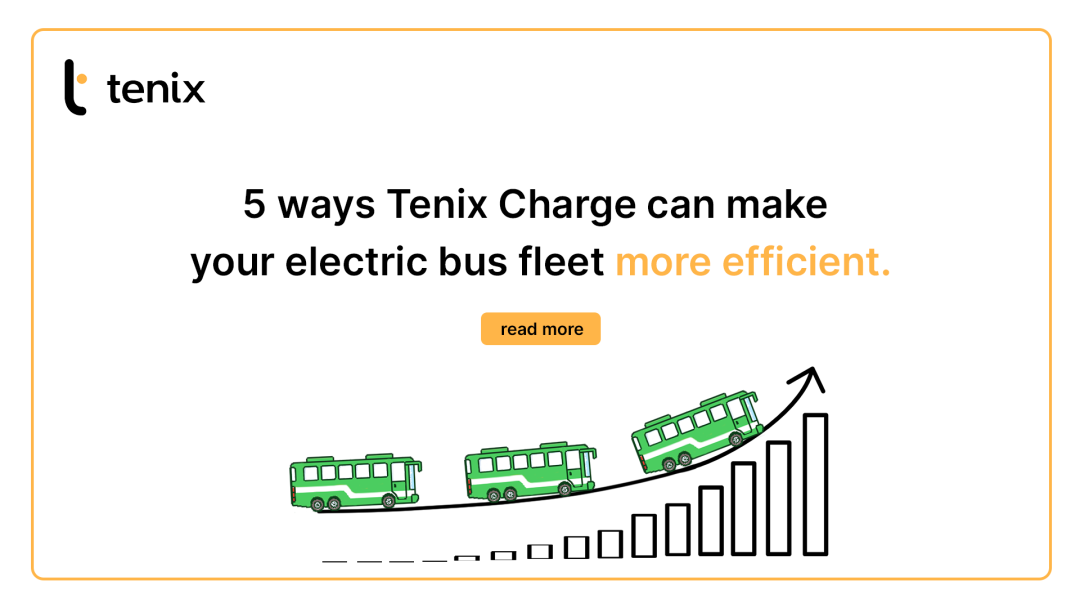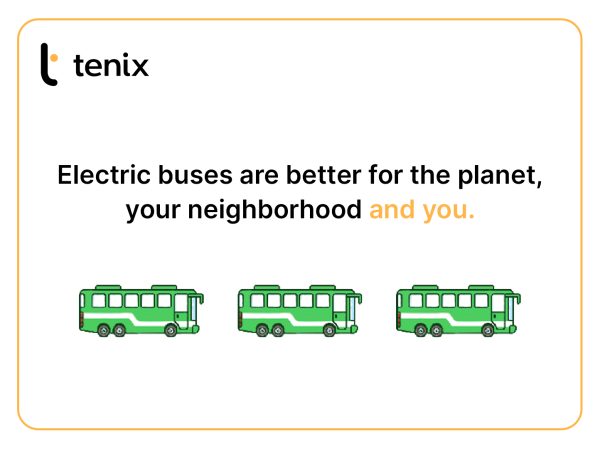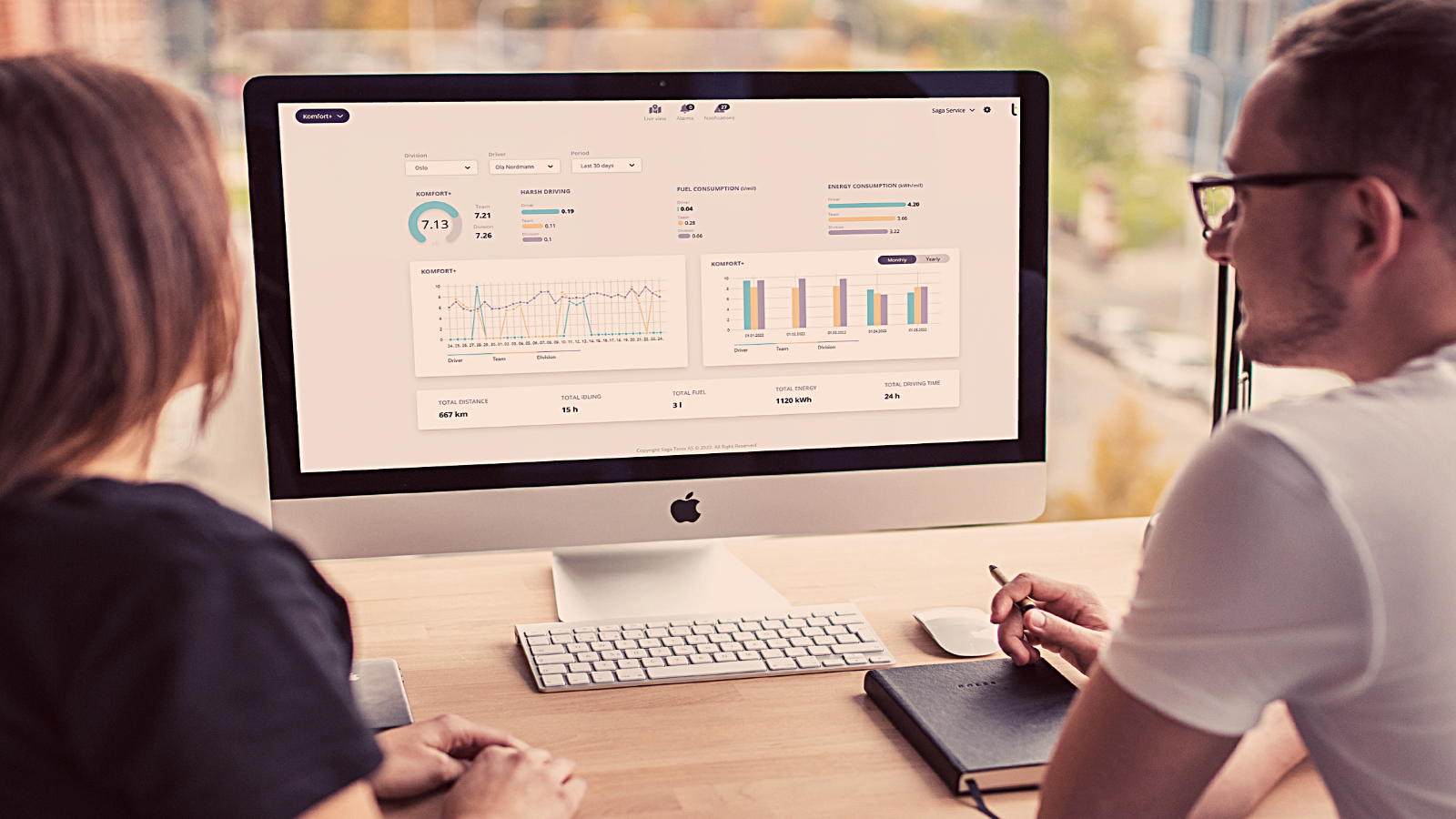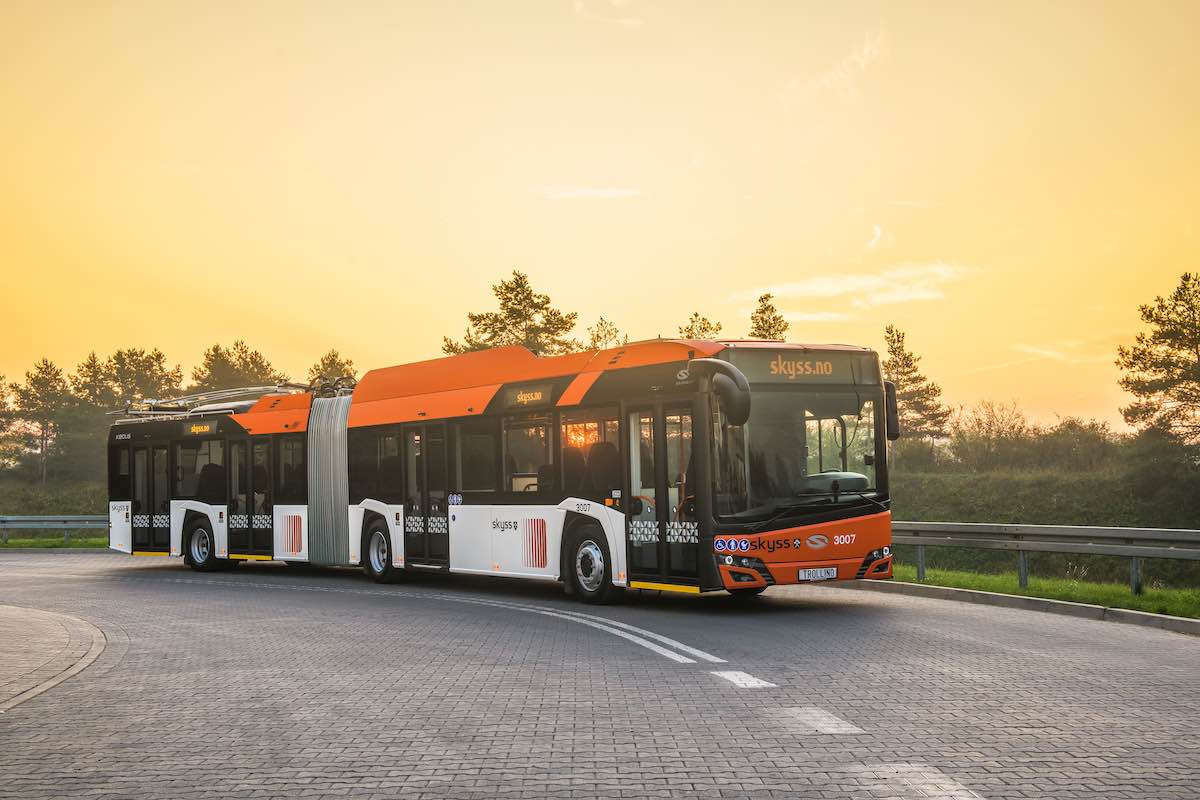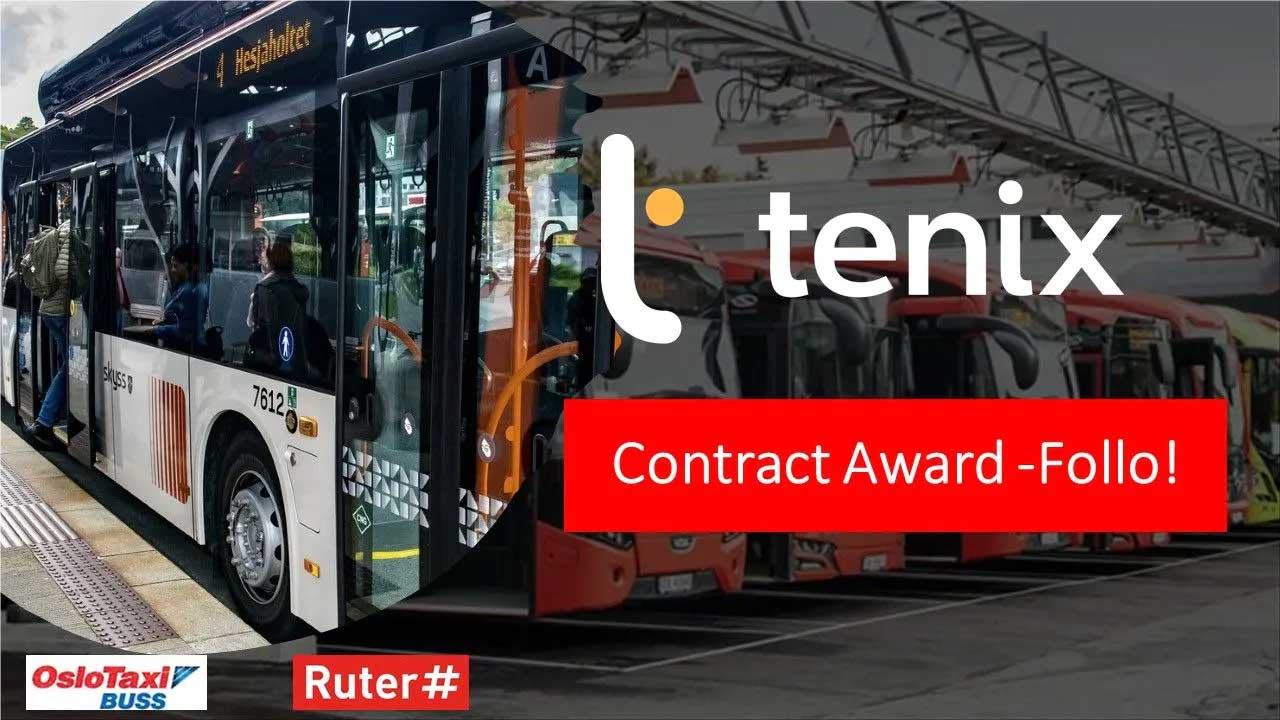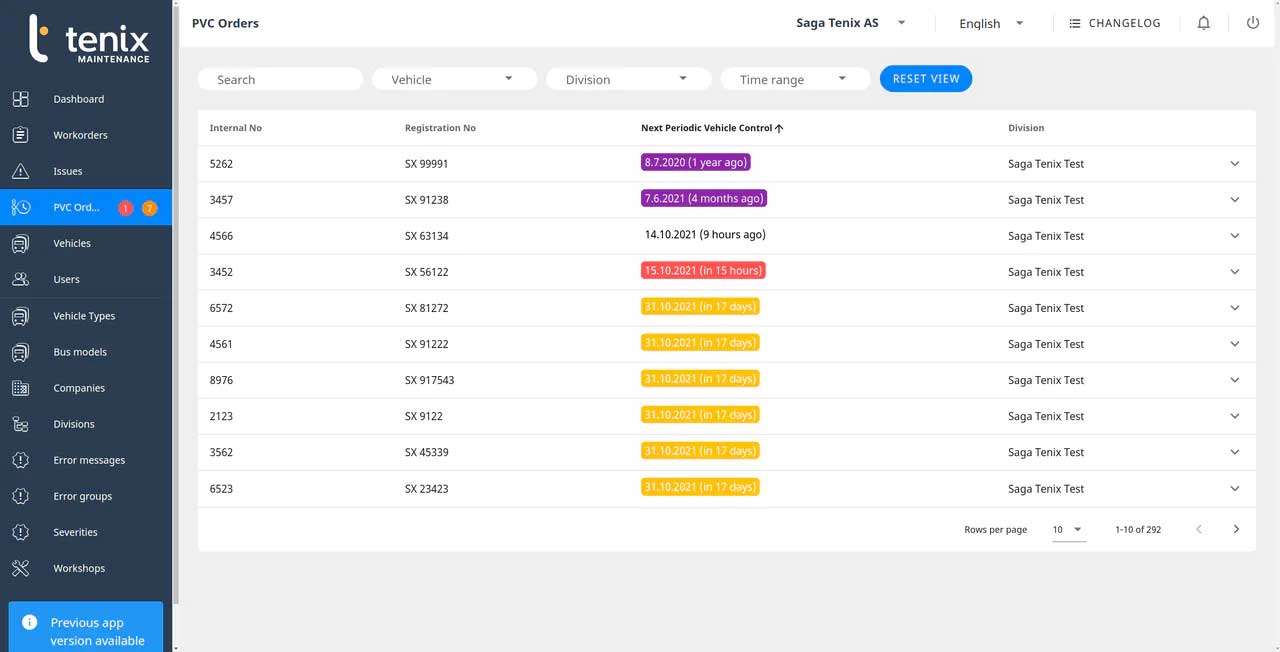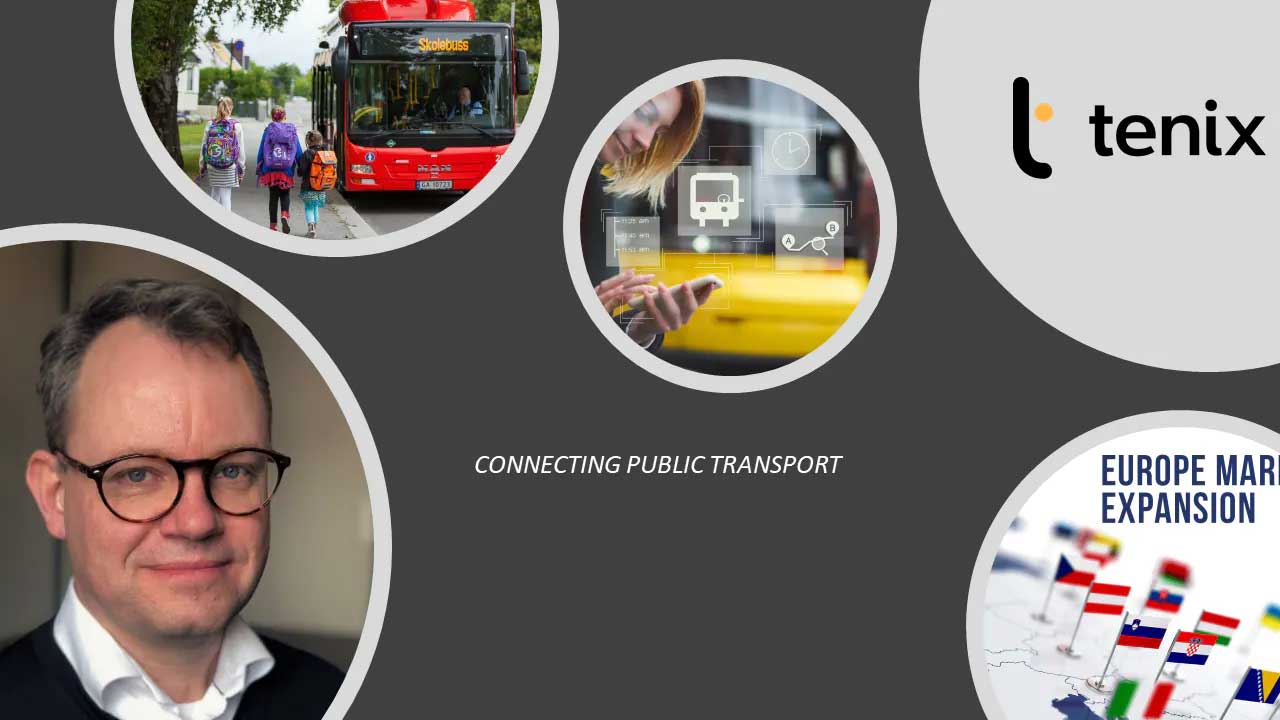With a global transition to a more environmentally friendly public transport, bus companies are increasingly choosing to make the switch to electrical buses as an alternative to fuel buses. In the long run, the benefits for the planet are staggering, but in the short term, the transition can be challenging. Whilst bus routes, for the most part, must stay the same, a certain level of adaptation and adjustment needs to be made for electric buses to fit into the spot that fuel buses used to occupy. Here are 10 of the most common complications that bus companies face when switching to electrical buses, and how to address them.
1. Limited range
As more and more electrical vehicles have entered the market, there has been a noticeable increase in the range of electric vehicles. With that being said, for buses, which are such large vehicles, and with the need to transport a lot of weight throughout the day, the range can still be quite limited. This is quite noticeable when transitioning from a fuel bus to an electric bus, as fuel buses have a much longer range, and outside factors very rarely affect its distance. For electric buses, however, the impact can be felt if the bus is being driven in particularly hilly terrain, since this will use significantly more battery power than on flat terrain. For bus companies, this must be taken into consideration when transitioning to electric buses, since it could affect some bus routes. There are a variety of ways to address this issue, such as increasing the charge for the buses running on these routes, for instance.
2. Weather dependency
The transition to electric buses is particularly noticeable in places that are very hot or very cold, or with very noticeable seasonal changes. In these extreme weather conditions, the bus battery can be reduced quicker than in a moderate climate, this means that performance and efficiency of the electric bus can be affected, and the range can be reduced. What can help bus companies to know exactly how the weather affects the bus battery, is to collect data on battery range during the seasons. This will help with organizing how much charge the bus will need to have to successfully run during specific weather types…for instance, in cold weather, the bus might need to be 100% charged rather than the 70% it can run at in moderate weather.
3. Complex charging infrastructure
When buying and converting to electric buses, charging infrastructure for the buses must be considered. The infrastructure will be used every day and with significant amounts of power going through it at any given time. This system, once set up, will be straight forward for drivers and maintenance people alike to use when charging, but it will certainly be an adjustment when compared to fueling a bus. Furthermore, due to the reliance on electricity, sometimes charging infrastructure can be temperamental, this means having oversight of the success of the charging is crucial, so as to have a charged fleet ready to go!
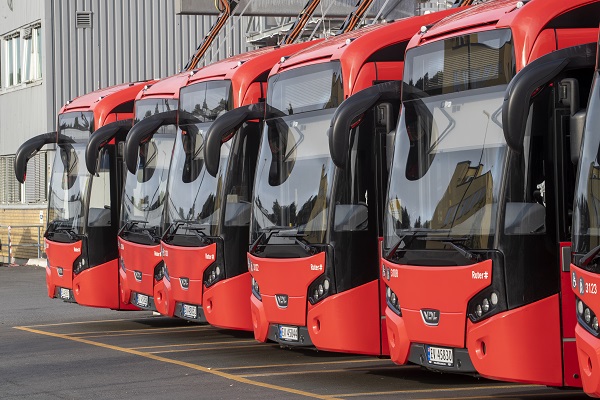
4. Extended charging times
An obvious and perhaps the most prominent initial complication is the long charging time. Refueling a conventional bus takes only a few minutes, whereas, depending on how many buses need to charge and the amount of power set to go into the bus, re-charging can take hours. With a tight operational schedule in place, this will take some coordinating and re-organization to manage effectively, and without disruption of the bus service. This adjustment may not have to be so large though, especially since a lot of bus companies do not have the majority of their fleet running at night. With only a few night buses running, it could mean that the night is the ideal charging time for a lot of the buses, or the ones that will be used in the morning.
5. High initial costs
When it comes to the upfront purchase of electrical buses, prices are noticeably higher than conventional buses due to the new and more expensive technology used, as well as the required charging infrastructure. This can be a big strain on a company’s finances during this transition period. After this transition, however, prices to run the electric buses are much lower than conventional fuel buses, so it is worth considering that this is an investment that will pay off and get cheaper over time. It is also possible to use technology which provides insight into the cheapest time during the day to charge, this can help reduce the price in the long run.
6. Spare parts and maintenance
Because electric bus technology is still new, the availability of spare parts and expertise required for maintaining the components might be limited. Furthermore, due to the number of bus manufacturers, communicating these issues to the correct warehouse can become complex. This might cause delays in getting buses fixed. Knowing the specifics about what issues there are is crucial, particularly as there is so much more complex technology in the buses now. Tenix maintenance is an example of a system that can help with accurate maintenance reports, ensuring that the bus is fixed with the correct parts, and quickly.
7. Training and expertise
For drivers, maintenance staff, scheduling staff and other personnel, training is required to ensure that they know how the workflow will adjust when electrical buses are introduced. For decades, conventional buses have been running with (for the most part) the same procedures as years before. Suddenly introducing changes will be an adjustment for many personnel within the bus company. Such things as how to plug in the charger, how to switch on charging and what to do in an emergency situation, since the battery is such a high voltage piece of technology, are important things to communicate to everyone involved.
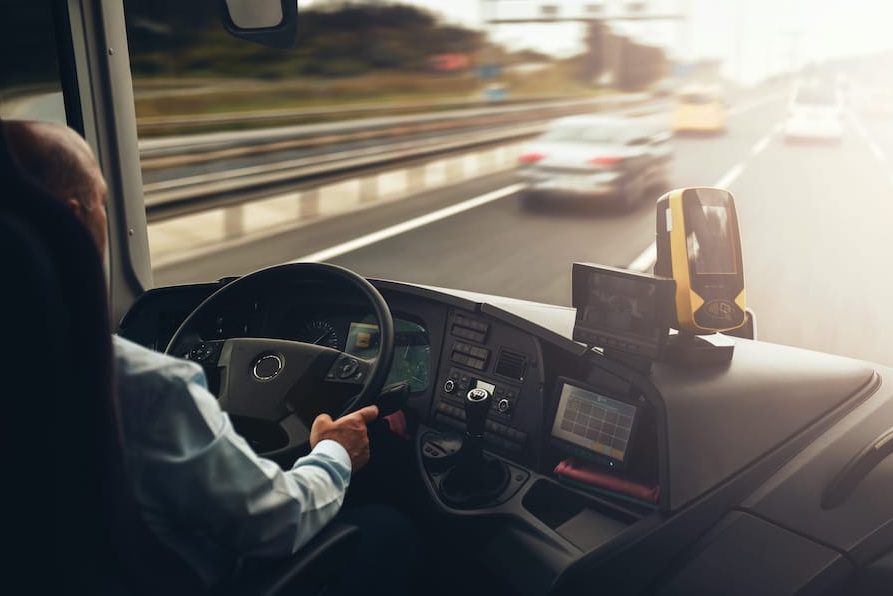
8. Energy demand
Charging multiple electric buses simultaneously can place significant demand on the electrical grid, necessitating coordination with utility providers to manage energy demand effectively, and some internal understanding of what the capacity of the electricity is in order to plan the charging schedule appropriately. Integrating the charging schedule with the bus schedule is a great starting point to organize the fleet in order to charge the vehicles efficiently and safely. Charging throughout the day when a bus isn’t running, is a good way to ensure that not all of the buses charge at night, and therefore use a lot of power.
9. Route planning and optimization
With the range limitations that electric buses have, as well as limitations around hills and weather, routes and schedules might have to be reconsidered and optimized to allow for it. This could mean revisiting the current schedule to see where a bus can go back to the depot to be recharged while another bus takes over that route. Furthermore, with hilly routes or in winter, planning will be key. Whilst the route might not necessarily need to be changed, preparations must be made to ensure that the bus can run the route successfully, so this might require revision throughout the year as the seasons change.
10. Charging reliability
The reliability of charging stations is crucial, as any downtime or malfunction can disrupt bus operations resulting in service delays or cancellations. Ensuring the availability and maintenance of reliable charging infrastructure is essential for a smooth transition to electric buses. Having a great overview of which charging systems might need maintenance is a great way to ensure that there are no unexpected charging failures which disrupt the schedule.
Transitioning to electric buses presents several complications for bus companies, from overcoming range limitations to establishing a reliable charging infrastructure. By addressing these challenges proactively and strategically, bus companies can successfully make the shift to electric vehicles, contributing to cleaner, more sustainable transportation systems.
Tenix charge is an easy way for bus companies to take control of their charging infrastructure and electric bus fleet. With an overview of the levels of charge in the buses, energy demand data, available chargers, integrations with scheduling software and information on charging success, bus companies will have an in-depth overview of everything about their electrical bus fleet.

